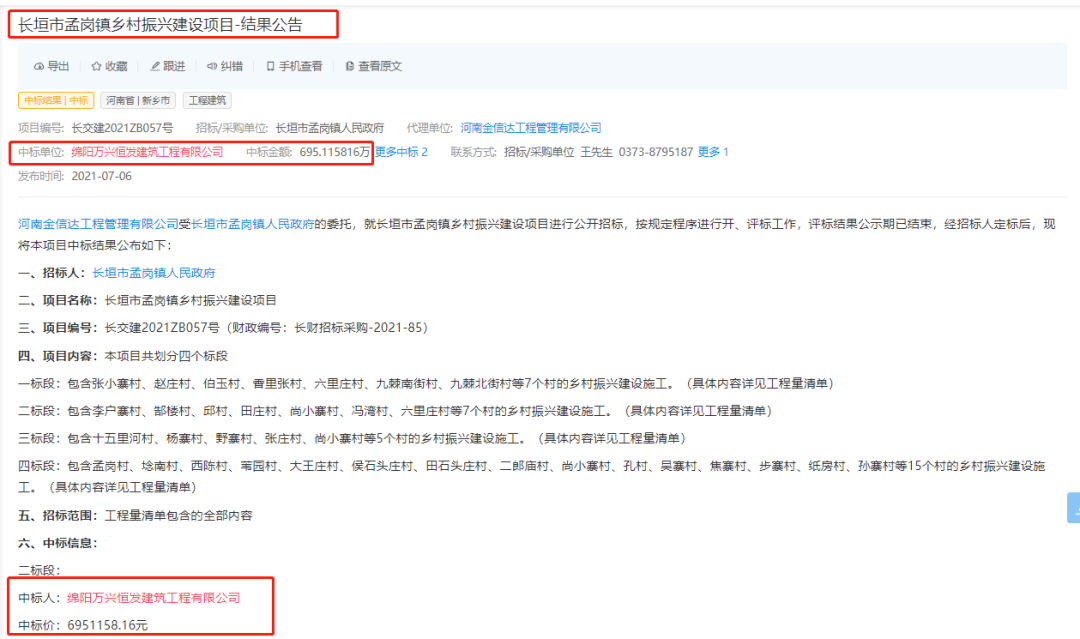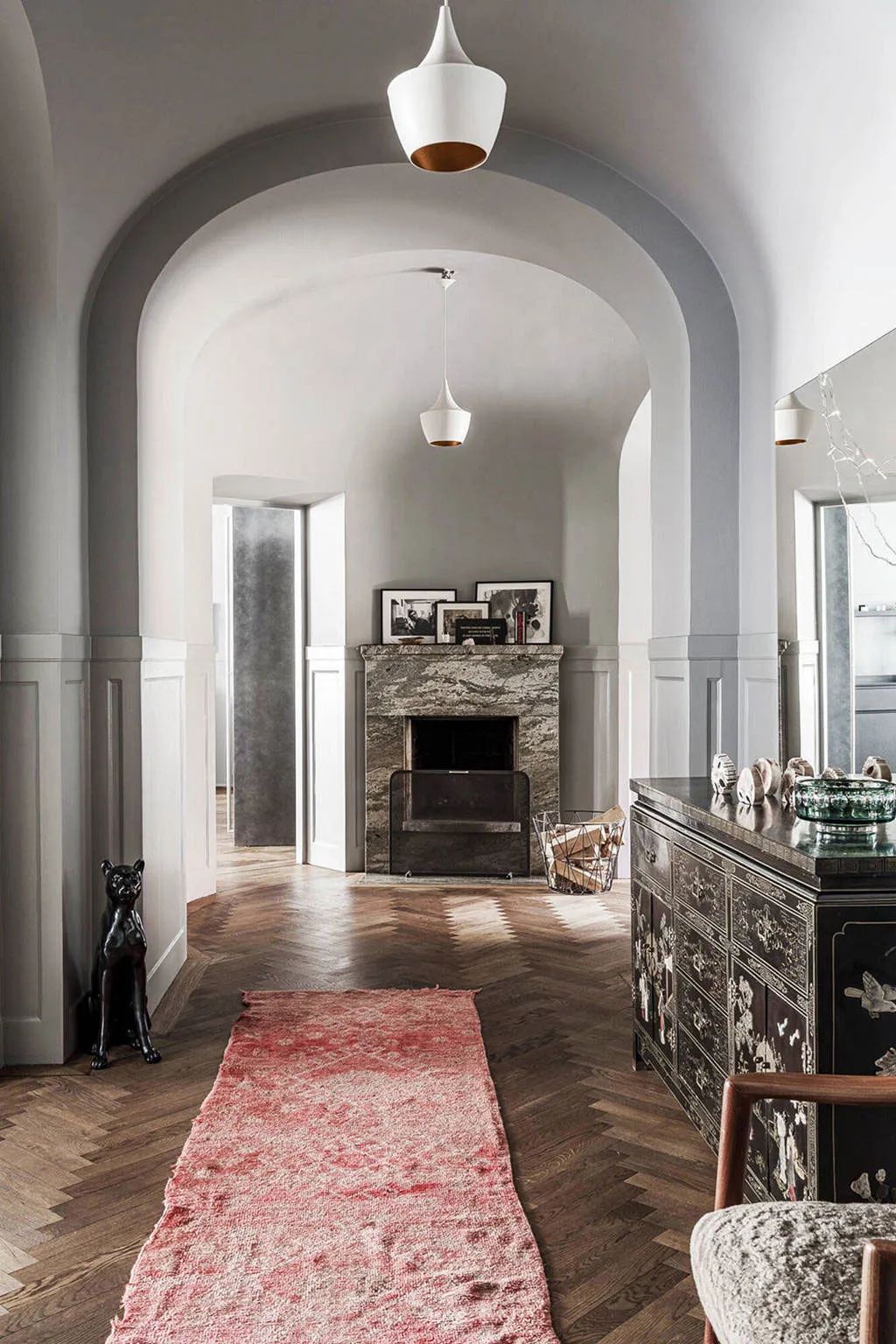In August 1958, the Central Committee of the Communist Party of China held an enlarged meeting of the Political Bureau in Beidaihe, and proposed to welcome the upcoming tenth anniversary of the founding of the People’s Republic of China, and decided to build a number of public buildings in Beijing as a National Day gift to show the great achievements of the young republic.
On September 14, 1959, Beijing Railway Station, the largest passenger station in New China at that time, was completed.
Of course, this method can’t be used now, but it still played an important role in accelerating the progress of the project under the special circumstances at that time.
In addition, the more important thing was that our mechanization level was very low.
Those who don’t wear vests are those who wear bare backs and small underpants and don’t work for 24 hours.
In one year, the vast number of builders have created a miracle in the history of architecture through scientific organization and management without experience and precedent.
The elite of the national construction industry adopts the unconventional “three sides” working method (design, material preparation and construction at the same time).
Zhang Bo, the former chief architect of the Design Institute of the Beijing Municipal Planning Administration, explained the Great Hall of the People’s plan to Premier Zhou Enlai, taking into account the limited financial and material resources of the country at that time, the tight schedule and various other difficulties, and after repeated discussions, finally decided to build the Great Hall of the People, the Chinese Revolutionary Museum and the Chinese History Museum, the Military Museum, the National Culture Palace, the National Hotel, the National Agricultural Exhibition Hall, the Diaoyutai State Guesthouse, the Overseas Chinese Building Beijing Railway Station and Workers’ Stadium are required to be put into use on the National Day in 1959.
At that time, I had a strong sense of honor.
The documentary “Beijing New Architecture”: Experts from all over the world and from all walks of life are gathering to discuss the engineering design plan for the construction of the Great Hall of the People in Tiananmen Square.
Zhang Xu, the builder of the year, said that the banquet hall was paved with reed mat patterns, just in time for summer.
The builders of the National Agricultural Exhibition Hall, the top ten buildings, from all over the world, are fighting day and night.
I don’t agree with this view.
On September 5, 1958, the Great Hall of the People, the then deputy mayor of Beijing, Wan Li convened a meeting of thousands of construction workers to convey the central notice and quickly started the design and construction of the ten major projects of the National Day.
If you have no revolutionary spirit, you can’t.
The bricks were transported to the top by hand, and were carried by carrying poles.
When I said it, it would make a noise.
Zhou Shiqi, one of the main designers of the Chinese Revolution Museum and History Museum, said: “You are copying the Soviet Union.”.
On September 24, 1959, the Great Hall of the People in Beijing, one of the most magnificent buildings in New China, was completed.
.
In such a short period of time, the Chinese people do it all by themselves, and the Prime Minister is the commander in chief.
Zhou Enlai put forward the principle of “all for me at all times and in all countries”.
However, under the leadership of the CPC Central Committee, the people of the whole country have given great concern and support to this project, and countless workers have turned the Chang’an Street into a hot construction site.
The ten major buildings are: the Great Hall of the People, the Museum of Chinese History and the Museum of Chinese Revolution (the two museums belong to the same building, namely, the National Museum of China), the Chinese People’s Revolutionary Military Museum, the National Cultural Palace, the National Hotel, the Diaoyutai State Guesthouse, the Overseas Chinese Building (which has been demolished and rebuilt), the Beijing Railway Station, the National Agricultural Exhibition Hall and the Beijing Workers’ Stadium (which has been fully renovated).
Well, I would die.
At that time, the construction conditions of the top ten buildings were very poor, and the supply of building materials was very backward.
On September 19, 1959, the Chinese Revolution Museum and the Chinese History Museum were completed.
When the project was launched, it was less than one year from the 10th anniversary of the National Day.
We should still consider China’s own situation.
It was conceivable how difficult it was to build 10 large buildings with a total area of more than 670000 square meters in less than 400 days.
The majority of designers and builders have shown great creativity and enthusiasm.
This future building includes the auditorium of the National People’s Congress, the banquet hall and the office building of the Standing Committee of the National People’s Congress.
The building area is 171800 square meters, which is larger than the total effective building area of the Forbidden City.
From the determination of the construction task of the National Day project in September 1958 to the eve of the tenth anniversary of the National Day in September 1959, the “Top Ten Capital Buildings” were completed at an incredible speed, becoming a miracle in the history of urban architecture at home and abroad.
In terms of design, in addition to organizing 34 design units in Beijing, more than 30 architectural experts from Shanghai, Nanjing, Guangzhou and other places were also invited to come to Beijing to jointly create plans.
People have put forward 400 plans for various projects, including 84 plane plans and 189 facade plans for the Great Hall of the People alone, and put forward various planning ideas for Tiananmen Square in combination with the project.
Yang Sixin, the former chief engineer of Beijing Construction Engineering Group, said that most of the houses built at that time were multi-storey buildings, with the top six floors and ten buildings, which added a lot of luster to Beijing.
I also picked bricks.
In addition to the top ten buildings, it also includes a series of municipal construction projects, such as Tiananmen Square reconstruction, Chang’an Street reconstruction, Chongwenmen station road, airport to downtown road, thermal and gas engineering, covering roads, squares, comprehensive pipelines, bridges, rivers and lakes, gas, heat, telephone and other aspects.
Architectural experts, professors, workers and citizens have put forward their own suggestions.
Even passengers passing Beijing and other trains will use the waiting time to rush to the construction site to shovel earth and move a brick for the country.
Before the National Day in 1959, the construction project was finally completed.
At the time of the construction site of the Great Hall of the People, New China had no experience in building more than 10 floors.



